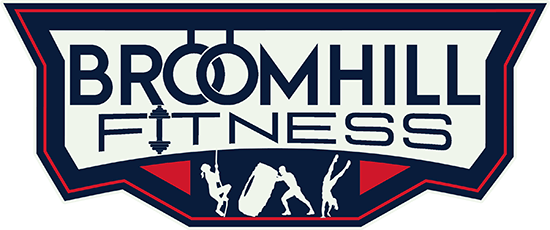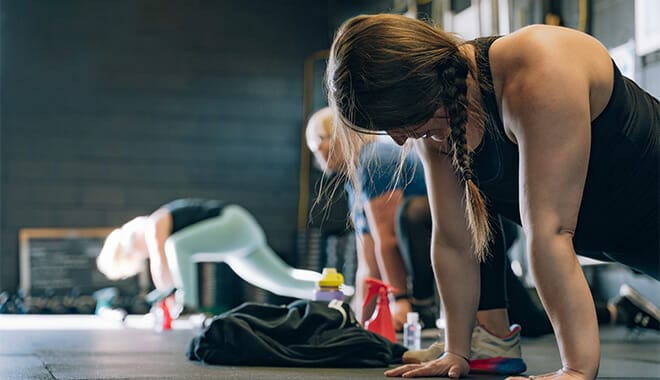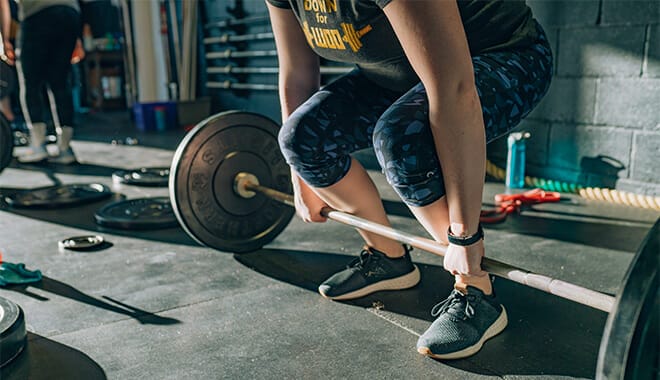Reach your goals at the best gym in Dublin 24
01
Schedule a free intro with one of our professional coaches.
02
Develop your personalised training and nutrition programme.
03
Work out at our gym, feel better and be amazed with the results.
What we do best.
Programmes
Real people. Real results.
Gym Members
I’ve been lifting for several years and I’m amazed at how much the coaches here have improved my technique since I joined. I'm moving more weight and it feels easier. I love it here!
Tom Stanton
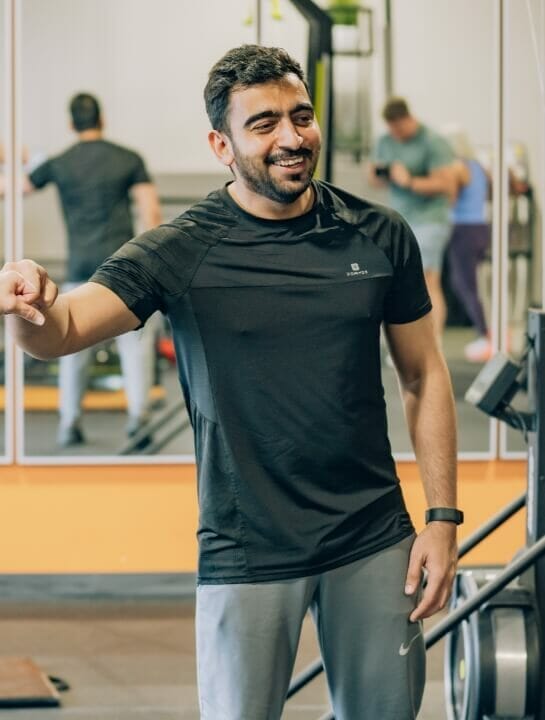
I’ve struggled with weight issues my entire life, despite going on intense diets. This gym has helped me lose weight. I’ve honestly never felt better.
Maria Jaleski
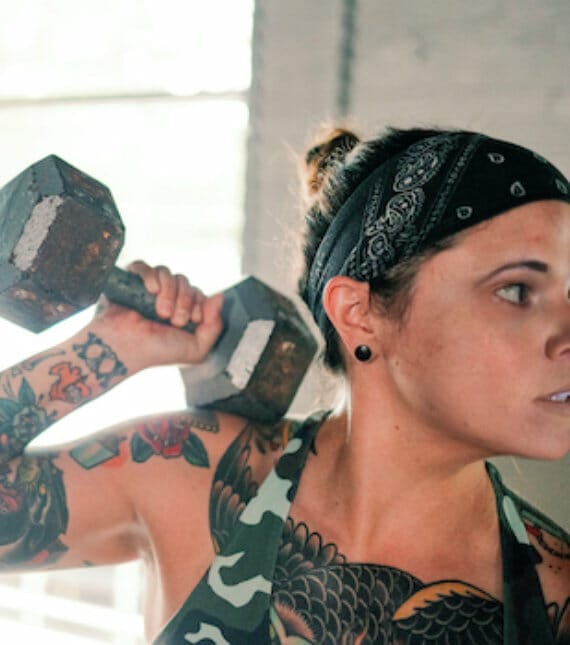
I love the community atmosphere here. You never feel out of place. I always get the support I need to push harder and get stronger.
Mark Denali
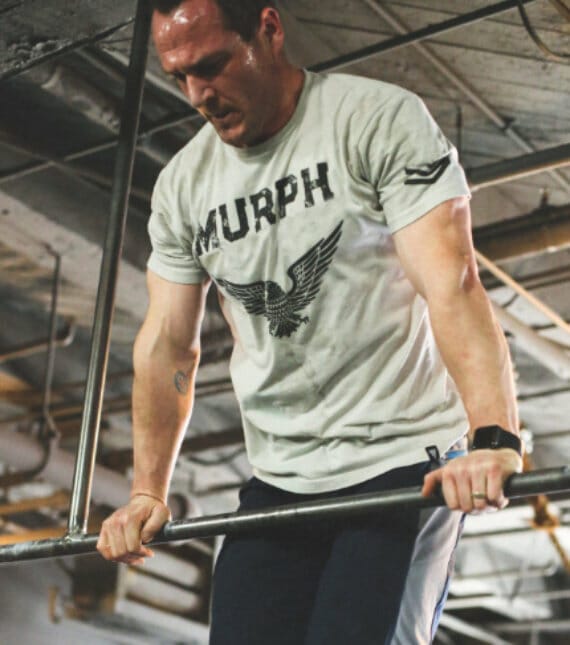
Get started at the best gym in Dublin 24.
Take the first step.
Fill out the form below to get started
Take the first step towards getting the results that you want
Learn more about our privacy & cookie policy.
